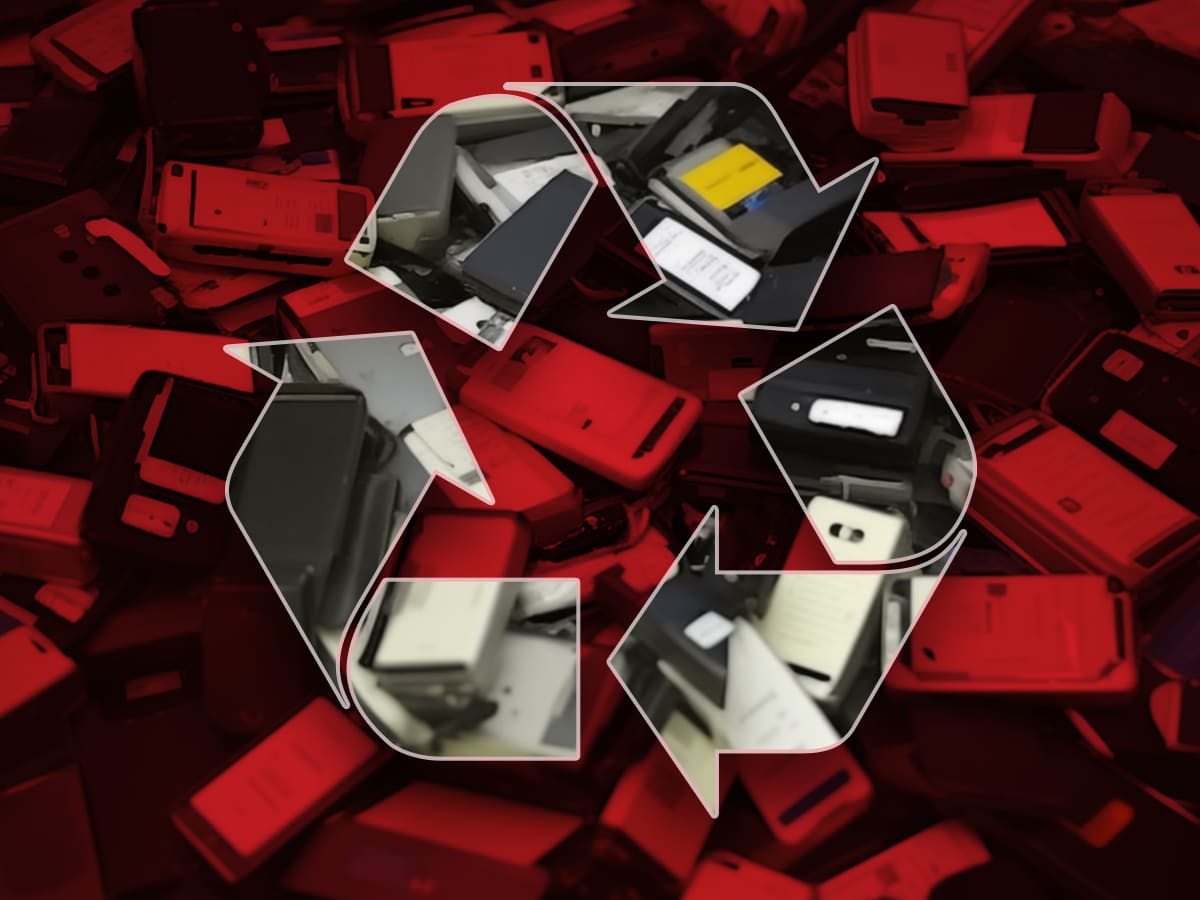
It’s no secret the renewable energy sector is undergoing rapid growth, with a major focus on clean energy reliance in the near future.
With an increasing number of electric vehicles (EVs) and hybrids (HVs) on the road, the focus on recycling their lithium-ion batteries is playing a critical role in not only meeting consumer demand but helping achieve lofty net zero-carbon emissions by 2050.
Although still in its infancy, the renewable energy industry is relying on companies to effectively recycle lithium-ion batteries. As such, questions arise about how recycling operations can best achieve this with current resources and technology. To that end, the Environmental Protection Agency (EPA) has developed a comprehensive FAQ for lithium-ion battery recycling. Here are some highlights:
Are lithium-ion batteries hazardous waste?
Most primary and secondary lithium-ion batteries in use today are likely to be hazardous waste when disposed of. This is due to ignitability and reactivity (D001 and D003). With the exception of households, makers of battery hazardous waste are responsible for determining whether the spent batteries they generate are hazardous waste and if so, need to manage accordingly under hazardous waste requirements. (More on this in the full FAQ.)
The variety of lithium-ion battery chemistries in different applications may impact whether the battery exhibits hazardous characteristics. Other aspects of a battery’s design can also impact its likelihood to be ignitable and/or reactive and pose a hazard. Some discarded lithium batteries are more likely to be hazardous if they contain a charge but can appear to the user to be completely discharged.
Additionally, advanced batteries used in electronics, energy storage, and electric vehicles will continue to evolve and will have to be evaluated for potential hazards at end-of-life.
For these reasons, it can be difficult for a generator to identify which of its used lithium batteries are hazardous waste when disposed of. Therefore, the EPA recommends that all lithium batteries be managed with care during use and at end of life and that businesses consider managing all of their used lithium batteries as hazardous waste under the federal “universal waste” regulations in Title 40 of the Code of Federal Regulations Part 273.
Does universal waste cover batteries with lithium chemistries?
Yes. Both rechargeable lithium-ion and single-use lithium primary batteries can be managed as universal waste. The universal waste definitions describe batteries as devices consisting of one or more electrically connected electrochemical cells which are designed to receive, store, and deliver electric energy. While the universal waste battery regulations were developed before lithium-ion and lithium primary batteries were a common technology, the definition of a battery in these regulations broadly captures batteries that would be hazardous waste.
Can lithium batteries be managed under the scrap metal exclusion?
Batteries are specifically not included in the scrap metal exclusion (50 FR 624), so this exclusion is not applicable to the management of end-of-life lithium batteries.
See the EPA’s full lithium-ion battery recycling FAQ here.
To learn more about the equipment and processes for lithium-ion battery recycling, visit PRAB.com.